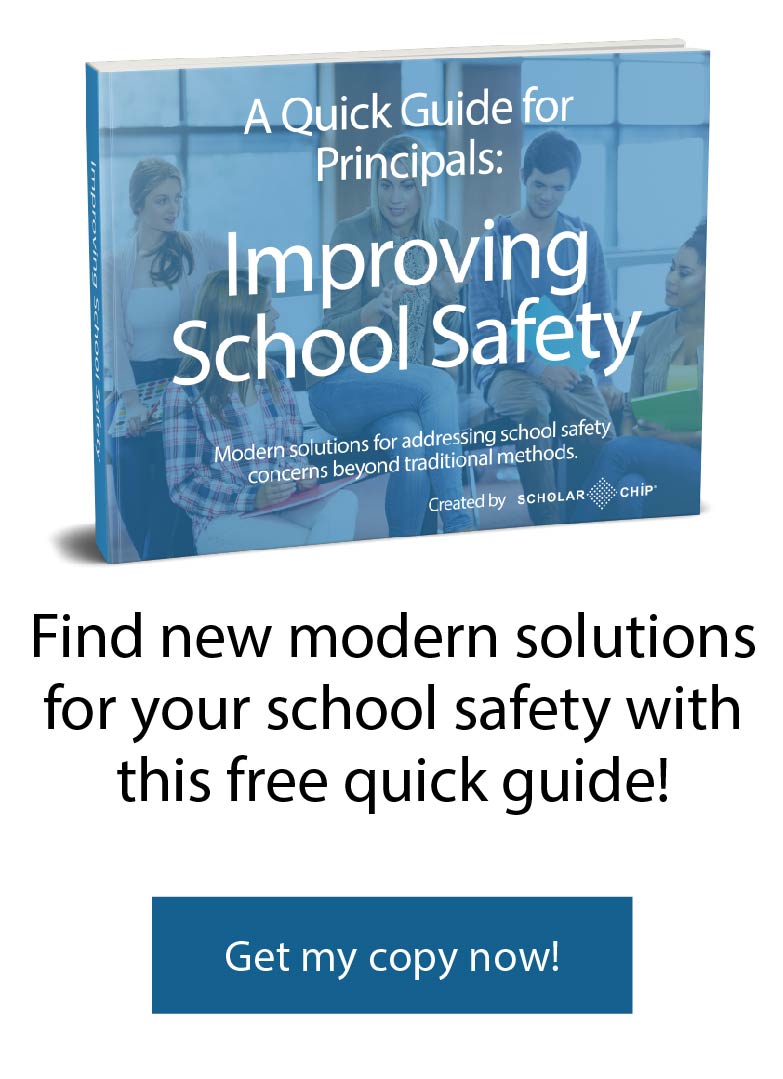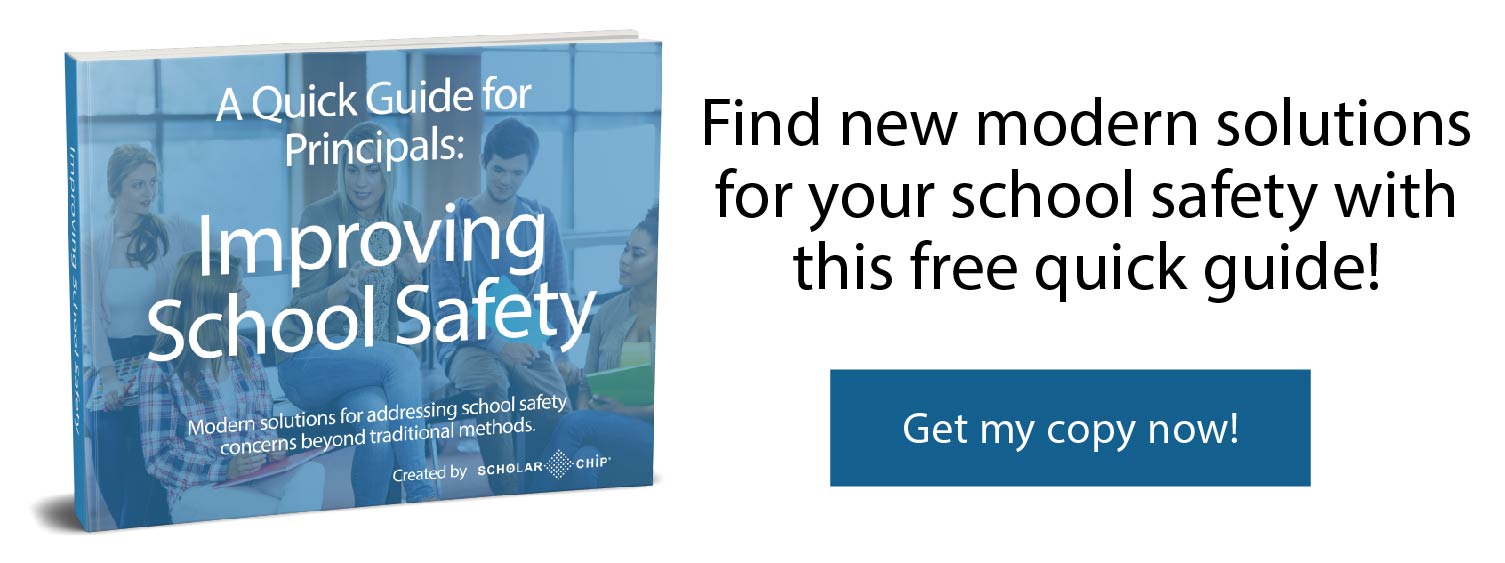In a May 2020 interview, AFT President Randi Weingarten acknowledged what most parents and educators already knew: Online learning “is not a substitute for the relationship building and the alchemy that happens in schools and classrooms.” In addition to academics, relationship building, and “the alchemy that happens in schools,” bringing kids back to the classroom is essential to rebuilding the economic and social lives of everyone in a community. When creating reopening plans, school leaders must strike a balance between education needs and public health concerns. A return to in-person learning is essential to education, but before this can happen, schools must develop protocols and procedures to protect students and staff from a coronavirus outbreak.
What We Know about Virus Transmission
Our understanding of the novel coronavirus continues to evolve: The CDC now believes that contracting COVID-19 through surface contact is not as great a risk as initially thought. That said, the virus can survive several days on hard surfaces, so sanitation must be part of any reopening plan.
Person-to-person contact appears to be the primary way that the virus is transmitted. When an infected person talks, sings, coughs, or sneezes, they project respiratory droplets that infect nearby people by landing in the mucous membranes of the eyes, nose, or mouth. The volume of virus is a factor: An individual’s immune system can quickly kill a small amount of the virus. If you have a brief encounter with an infected person, unless that person coughs or sneezes into your face, you probably will not become infected, especially if you are both wearing masks. Infection happens with prolonged exposure. Researchers are finding that person-to-person transmission is less likely to occur outdoors, where the virus is diluted in the open air. Indoors, the virus may be concentrated enough to overwhelm an individual’s immune response and cause illness.
This new understanding of how the virus is spread can inform school leaders as they develop policies to protect students and staff from a coronavirus outbreak when they return to the classroom. A comprehensive reopening plan should include the following procedures to achieve this goal.
Reduce Surface Contamination
Doorknobs, light switches, faucet handles, desktops, chair backs, and countertops are frequently-touched surfaces that should be sanitized regularly. Schools may wish to supply classrooms with disinfectant wipes so these surfaces may be cleaned by staff and students during the day to augment the cleaning done by the custodial staff. Exterior surfaces, such as playground equipment, buses, and other vehicles, will also require regular disinfecting.
Keeping surfaces clean is half the battle. People often pick up viruses from surfaces with their hands. Installing hand sanitizing stations and/or handwashing sinks at building and classroom entrances will further reduce the risk of virus transmission.
Reduce Exposure to Airborne Virus
When COVID-19 first reached America’s shores, the CDC discouraged the use of face masks as a prophylactic measure. The data available at the time suggested that they were only necessary for people who were sick. Many argued that mask wearing causes people to touch their faces more often, putting them at greater risk of becoming infected. The US Surgeon General even asked citizens to stop buying masks because they were more urgently needed for healthcare workers. Months into the pandemic, new data is showing that wearing masks can significantly reduce virus transmission. The CDC has reversed its position and now encourages everyone to wear masks when around others.
As such, school leaders will need to develop policies concerning face coverings. Adults in the school and older students should expect to comply with face-covering requirements. The behavior of the staff will set the norms for the entire school. Exceptions may be necessary for very young children and children with special needs, particularly those with tactile sensitivity. The CDC does not recommend face coverings for children younger than two years old or individuals with severe respiratory ailments.
Physical barriers, such as Plexiglas shields or clear plastic sheeting, can serve as partitions in areas where it is difficult to space desks or counters by the recommended six-foot distance. The airflow within the school buildings must also be considered. Poor ventilation allows the virus to concentrate. Before reopening buildings, have an HVAC engineer inspect the mechanical systems to ensure they operate within the American Society of Heating, Refrigerating, and Air-Conditioning Engineers guidelines.
Practice Social Distancing
The most effective way to protect students and staff from a coronavirus outbreak is to keep everyone six feet apart. This means spreading out desks and lining them in rows rather than horseshoe or wedge configurations. Reduce class sizes by alternating days on/days off, or divide students into morning groups and afternoon groups. For older students, a hybrid model of in-person and online learning will reduce the number of students in the building at any given time. During the school day, stagger arrival and dismissal times to reduce traffic in the halls. Use multiple entrances and exits to reduce crowds at the start of the day and at dismissal. Mark off six-foot distances with paint or traffic cones outside school doors and other areas where lines form, to keep students safely separated.
Perform Health Screenings
People infected with the virus may show no symptoms, so screening for symptoms, such as fever or cough, is not guaranteed to keep COVID-19 out of schools. However, it may be used as one piece of a safe reopening plan. Students and staff must be encouraged to stay home if they are feeling ill, and the school should make this easier by providing remote learning options.
How to Make Systems Work
Schools will look different this coming school year, and many in the school community may resist changes. Communication and collaboration with all stakeholders is key to getting everyone on board with new procedures. Provide safety training for all teachers and staff, and keep parents informed via newsletters, email, and posts to the district website. Coronavirus outbreaks can be contained with quick isolation measures and contact tracing. Districts must coordinate with local health officials so immediate action may be taken if the virus is found within the school community.
Technology to Monitor School Activities
Over the past two decades, school security has risen to the top of the superintendent’s priority list. The global pandemic brings a new threat, and security is more important than ever. Updating and integrating the district’s IT systems can streamline operations and allow administrators to coordinate schedules, activities, and communications from a central dashboard. Automated visitor management and secure door access systems can help building administrators control who enters the school, as well as maintain records if contact tracing becomes necessary. With the possibility of a second wave of infections striking during cold and flu season, school leaders must keep close tabs on attendance. Any abnormalities should be investigated and reported to the local health department. Automating attendance with chip-embedded ID cards can facilitate this monitoring.
Our understanding of COVID-19 is constantly changing. Implementing school reopening plans based on current CDC guidelines is the best way to protect students and staff from a coronavirus outbreak. Members of the school community must understand and support the new rules and follow procedures if students are to return to class safely. Communication and transparency will help build community trust in the district’s plans. Updated IT systems can facilitate these communications and streamline operations so school leaders may closely monitor activities within district buildings and quickly act before an incident becomes an outbreak.
ScholarChip offers unique holistic school safety services based on CDC guidelines to help schools reopen amidst growing health concerns. Through our advanced technology, built and designed for the K-12 environment, schools can identify risk and mitigate the spread of infection. Our solution includes fever screening, visitor questionnaires, symptom and vaccine tracking, in-school contact tracing, alerts, and notifications. Learn more about our advanced COVID-19 solutions or request a reopening strategy session today!


